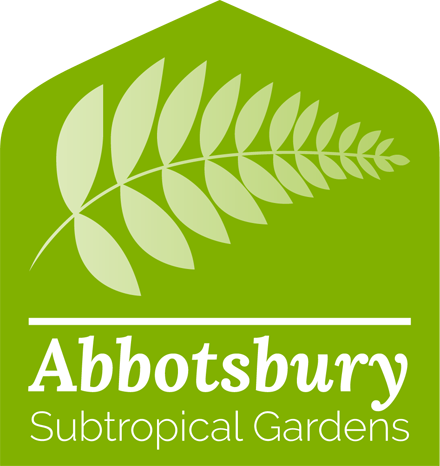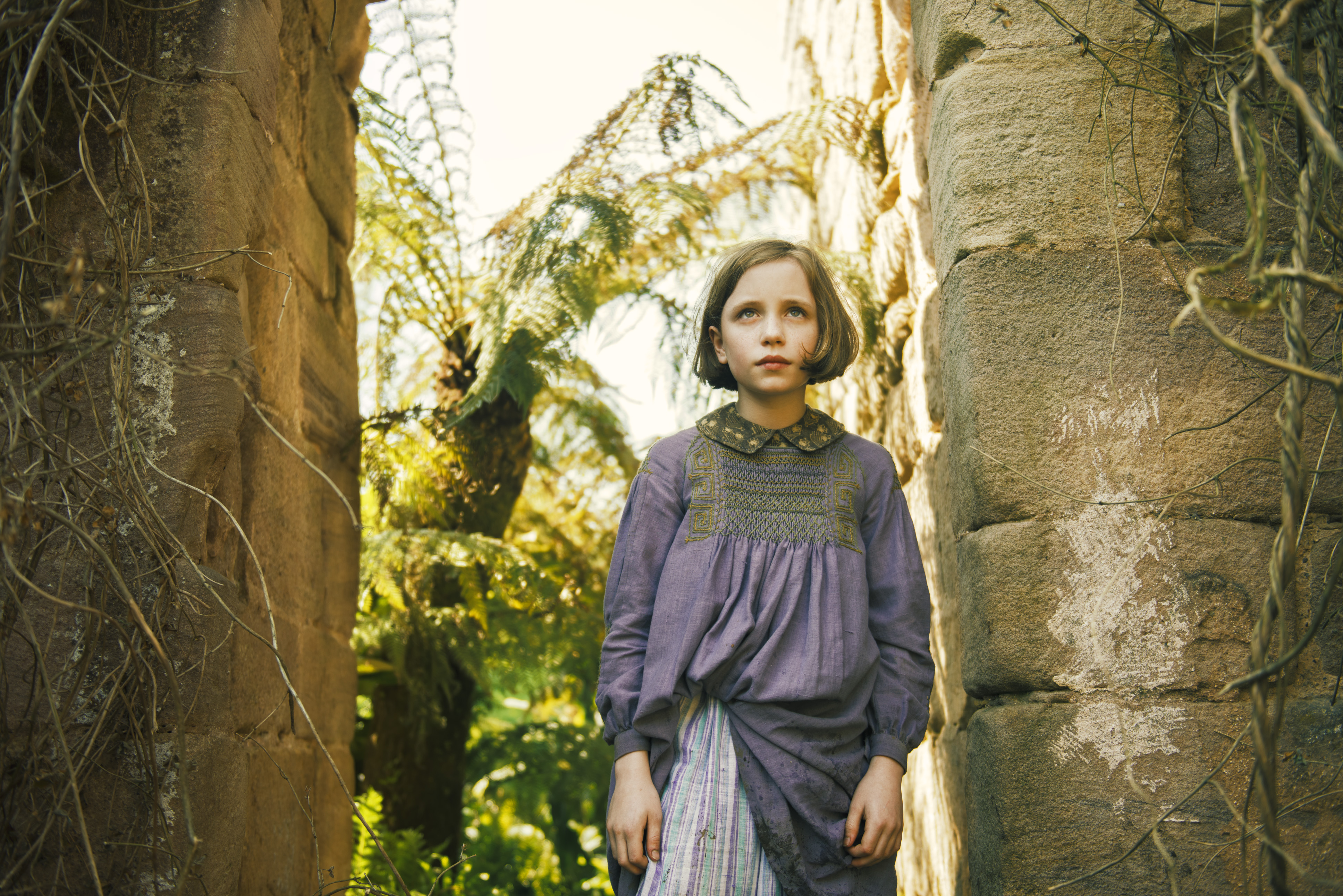A new film adaptation of The Secret Garden, starring Colin Firth and Julie Walters has landed…
Plant labeling “To be or not to be that is the question”

It has been a while since my last blog, mostly because I believe in hands on management which means I do end up working out in the garden in most weathers. I may venture out to place plants in a new planting scheme and end up spotting maintenance issues, weeding out docks, making notes on plant labeling or spotting a heath and safety issue – then returning to the office with muddy boots, answering the phone with cracked and in-grained hands I scan the emails whilst slurping cold coffee – you know the feeling !!
Sitting idly in the corner of my office is my computerised robotic engraving machine, yes even us gardeners are getting high tech nowadays. A sense of guilt hits me every time I pass by the engraver because I know there are dozens of latin plant names with code numbers and grid references waiting to be inscribed but somehow I only get to do it on really rainy days. When eventually I do get around to making them I have a system of identification on the label : top left number is the grid reference in the garden that links to the map. Followed by the year it was planted.Top right hand corner is the plants accession number. Then the plant name, country of origin and finally in the bottom left hand side is the plants family name.
When eventually I do get around to making them I have a system of identification on the label : top left number is the grid reference in the garden that links to the map. Followed by the year it was planted.Top right hand corner is the plants accession number. Then the plant name, country of origin and finally in the bottom left hand side is the plants family name.
Labeling is a controvercial subject in the garden. Many people want to know plant names and often put down ‘poor labeling’ as a negative on our visitor surveys. It is on-going I can asure you, and a vital source of information, and one day we might get near to labeling the 5000 or so mixed species !!, how ever labels don’t always last long in a public garden as some visitors find the label itself a rather convenient memento to take home as an aide-mémoire !
There is another school of thought. Do 8x6cm black plastic labels detract from the beauty and natural setting in a garden? Certainly in the case of the National Trust gardens there has been a no label policy for many of their gardens. It is only the big national Botanical Gardens that have every living organism labelled with minute detail showing the plants classification. In order to make the necessary distinction in nomenclature,Linnaeus sugested each plant having two names, one to designate the genus, the other the species. This binomial system adopted today for all plants. For example, Buttercups belong to the genus Ranunculus and one of its species is aquatilis, thus sujesting water, hence it is infact the “Water crowfoot” Ranunculus aquatilis. Ooops, I’m rambling now and have forgotten my blog?
Oh yes, ‘Detective work’ -Whilst recently spending some time looking at the different cultivars of ancient Camellias in the garden, one old tree labeled “Contessa Lavinia Maggi” stands out as a very old cultivar that arose in Italy in 1858. The date would easily correspond with the age of our walled garden during the period of ownership of the fourth Earl of Ilchester William Fox Strangways when he introduced new Camellia varieties, and indeed the name occurs in an old catalogue of the gardens dating 1899.
How ever! the colours of the petals do not quite fit the description from reference books describing the flowers with pure red striping over pink, ours is more pink . A similar cultivar is “Carters Sunburst” but this was bred in California in 1959, one hundred years after the death of the fourth Earl of Ilchester, therefore the date does not match with the age of our old specimens. Finally I have come across what I believe to be the true cultivar name, and with the confirmation of my old friend Jennifer Trehane, who knows a thing or two about Camellias being the author of “The gardeners encyclopedia of Camellias”. We are now naming these old trees as Camellia japonica“Marguérite Gouillon” whose introduction date is from the French nursery of Drouard-Gouillon in 1840 . Now back to the engraving machine for a new label before I digress into something else!



This Post Has 0 Comments